Inherit the Land is the kind of documentary photography I aspire to create.
In this 96 page book, Jack Lueders-Booth explores the living conditions, the people, and the culture of settlements surrounding the municipal dumps of Tijuana, Mexico. In these dumpes, people live and survive surrounded by squalor and cast-offs. Life in poverty, sustained by the excesses of others.
The lives of the peoples living in Tijuana landfills are chronicled in several books written by Luis Alberto Urrea, author of Inherit the Land’s introduction, with supporting photography by Lueders-Booth. Published in 2005, Inherit the Land is the first time Lueders-Booth’s photography takes center stage to tell the story of these landfill communities. Lueders-Booth presents his photography without caption or title, allowing the viewer to fill in the details supported by the introduction and afterward by Frank Gohlke.
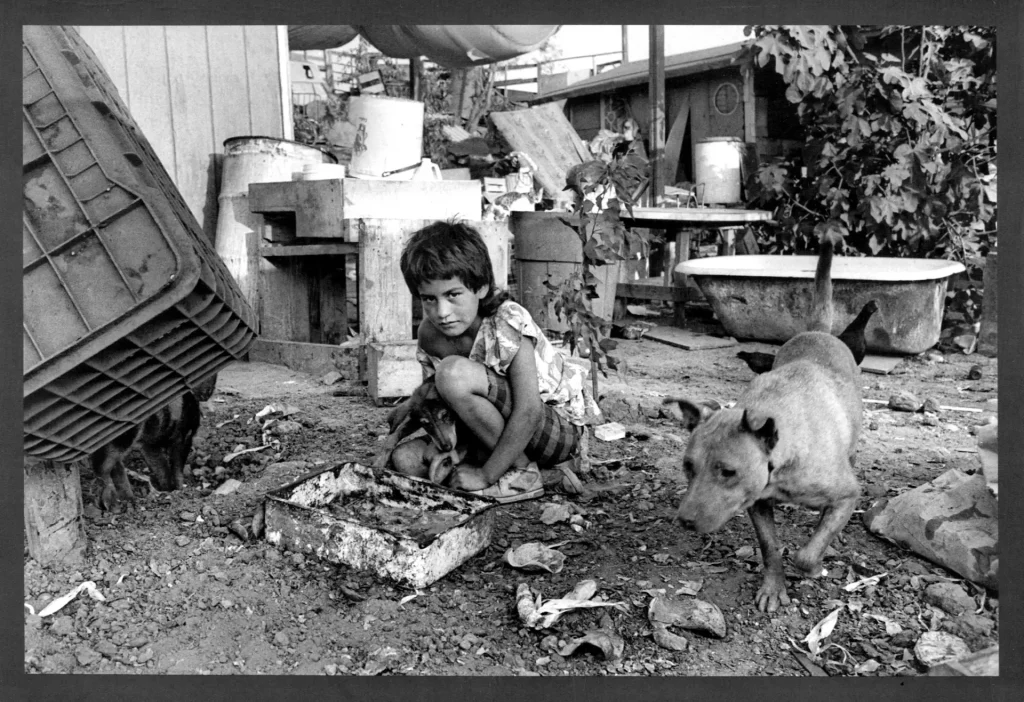
In the US we use the word rubbernecker for people who create traffic delays by stopping to get a look at an accident before returning their eyes to the road and accelerating away. This could also describe how a lot of photographers might treat a subject like people living in a landfill: snap, and go. Photographing from the outside, in. Trying to represent an agenda through exploitative moments in time. Capturing the shallowest sense of what it means to live in a landfill.
Lueders-Booth is not one of those photographers. His work in Inherit the Land captures the lives of the people living in the landfill barrios between 1990 and 1998. Where every surface is littered with discarded objects. Where people work to collect recycling for pennies. Where homes are little more than plywood and tar paper. Where you can almost smell the world they inhabit, discarded by other people just as they are discarded by society.
Lueders-Booth takes us beyond the shock and awe of these unusual living conditions. Beyond the street dogs, the seagulls, and the heavy machinery, you can see the love of families and children. You can see the acceptance of their living conditions by the residents, but also an assertion of control in organizing personal belongings. You can see children playing in a backyard filled with scrap metal, spiked steel, and unidentifiable refuse scattered around, as happy as any other child in a suburban carpet of neatly trimmed grass. You can see young parents with their hopes and dreams for their children while the elderly look on with pride. Lauders-Booth shares portraits and candid moments of life, work, play, celebration, love, and sorrow.
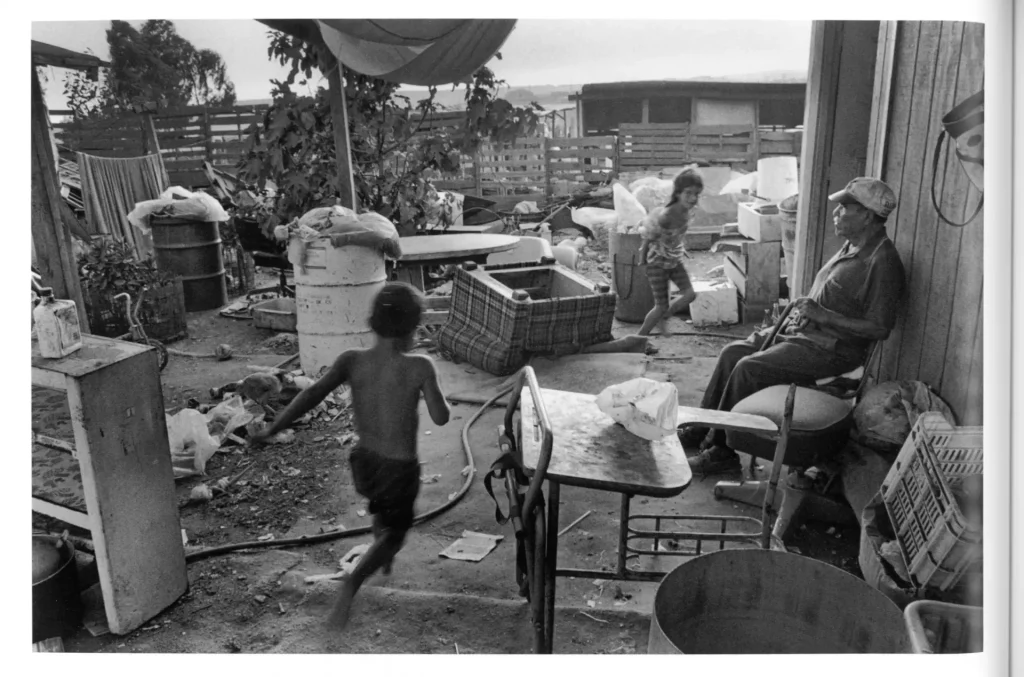
Lueders-Booth has an eye for capturing the elements that makes you want to keep looking at the photos over and over. In one photo, a young father holds his newborn on a bed, evidence of his lover’s presence surrounding them. A photo of David of Michaelangelo, modified for modesty, hangs proudly on the same wall where unintended sunlight shines through the corner of the room. A neatly arranged collection of fingernail polish bottles, placed with careful pride of ownership, lines a dilapidated shelf – a small exhibit of control and order in a place surrounded by disarray.
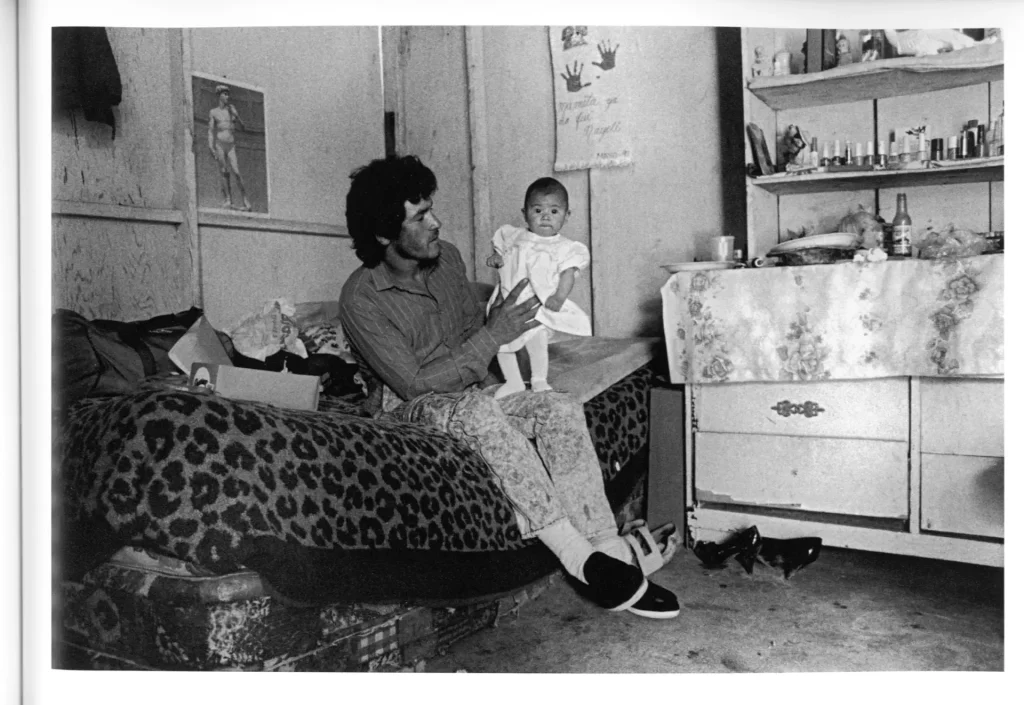
It is this attention to detail throughout Lueders-Booth’s work that is only possible to achieve through relationship building with his subjects. This is the kind of work that only comes from genuine expression, honesty, and caring. This is the storytelling that comes from careful attention to detail, to understanding, and knowing how to capture the moments that engage the viewer fully.
One can’t help but to look at Lueders-Booth’s work and think about the people living in the dumpes, comparing them to our own lives. It’s easy to look at their living conditions and to be thankful for what we have. But I think Leuders-Booth achieves something greater: he makes us consider what these families have that we don’t. Community. Resourcefulness. Belonging. Thankfulness. Freedom. A sense of triumph despite adversity. The understanding that the excess of others can provide for many more.
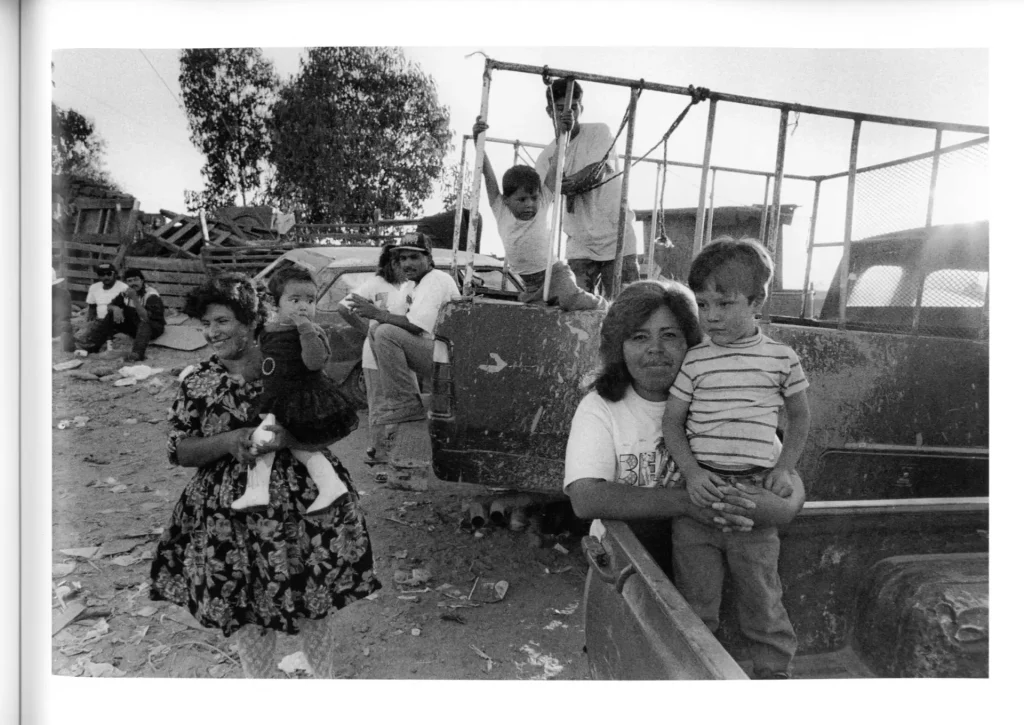
Inherit the Land chronicles the people who live, who survive, and who thrive in the conditions that many of us think to be incredible. Lauders-Booth’s work captures the details inaccessible to all but the ones closest to these communities, revealing the plight of their living but also the richness of their lives. By capturing their living beyond the refuse, Lauders-Booth teaches us to consider not only what we have in excess, but also to see the richness of their lives.
Joshua Wright is a professional computer hacker, an educator, and a part-time photographer.
Share this post:
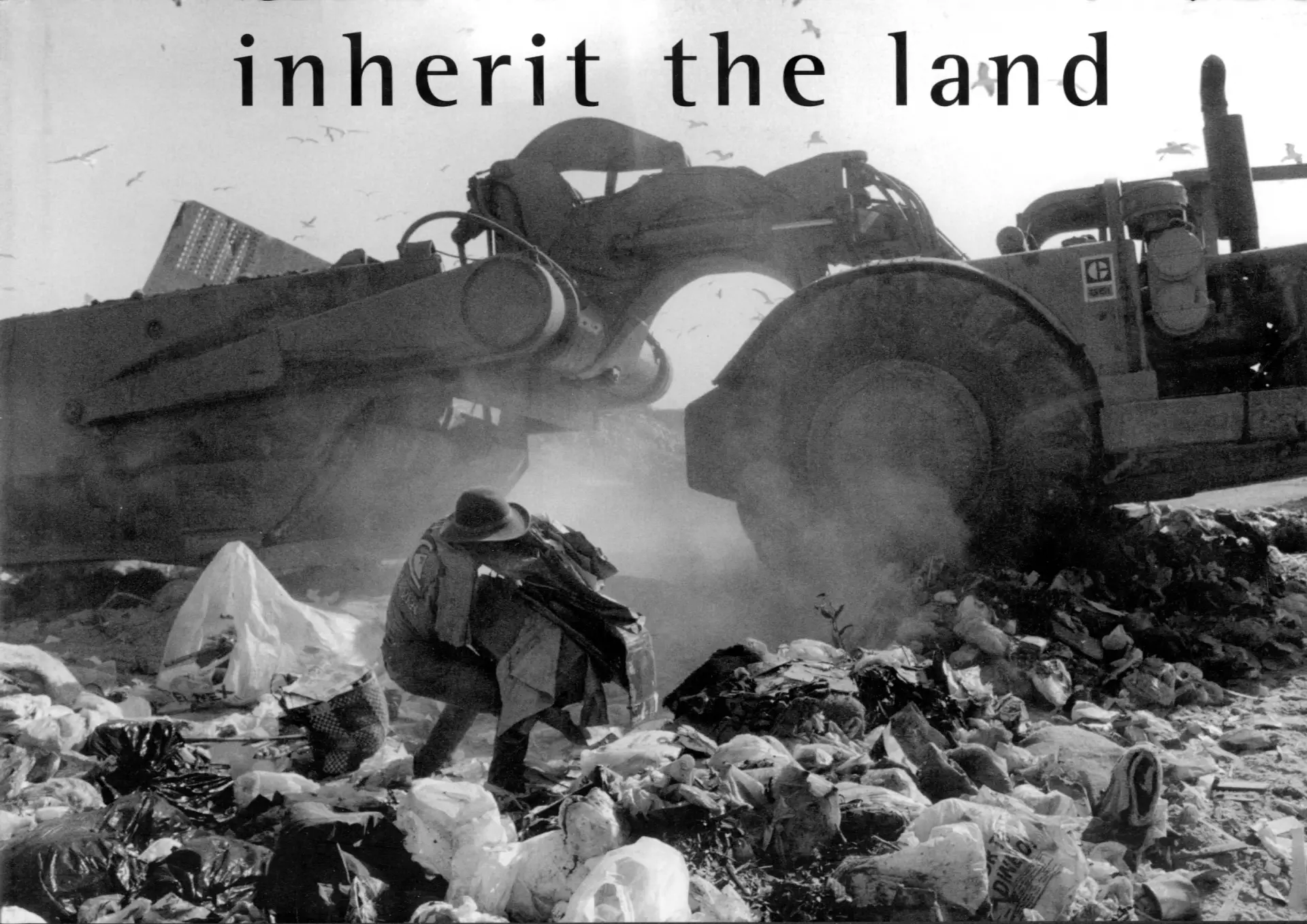
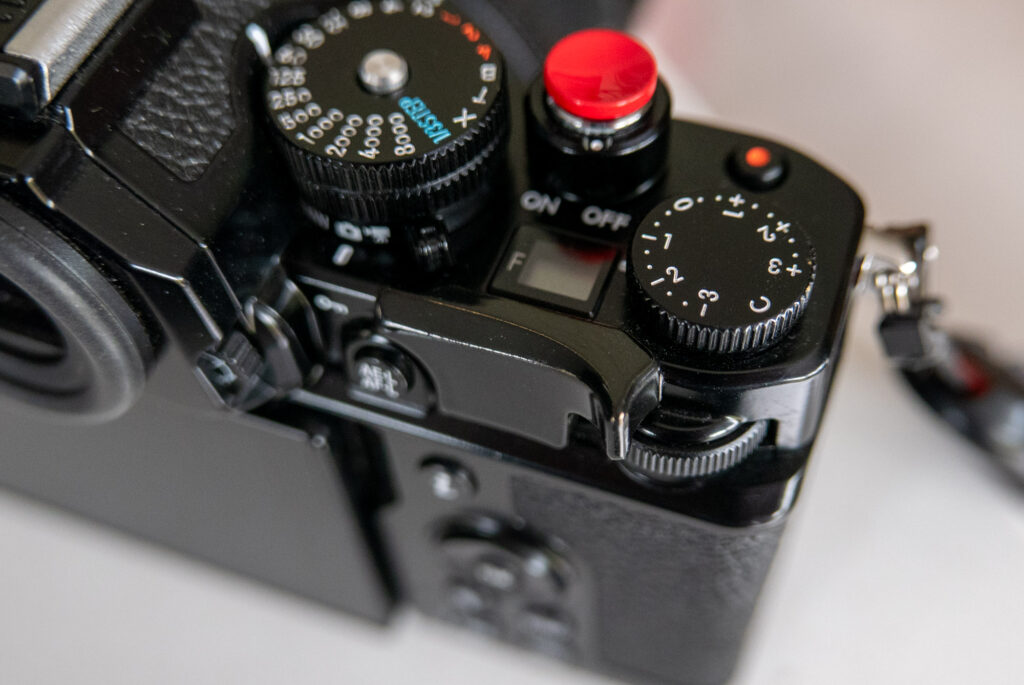
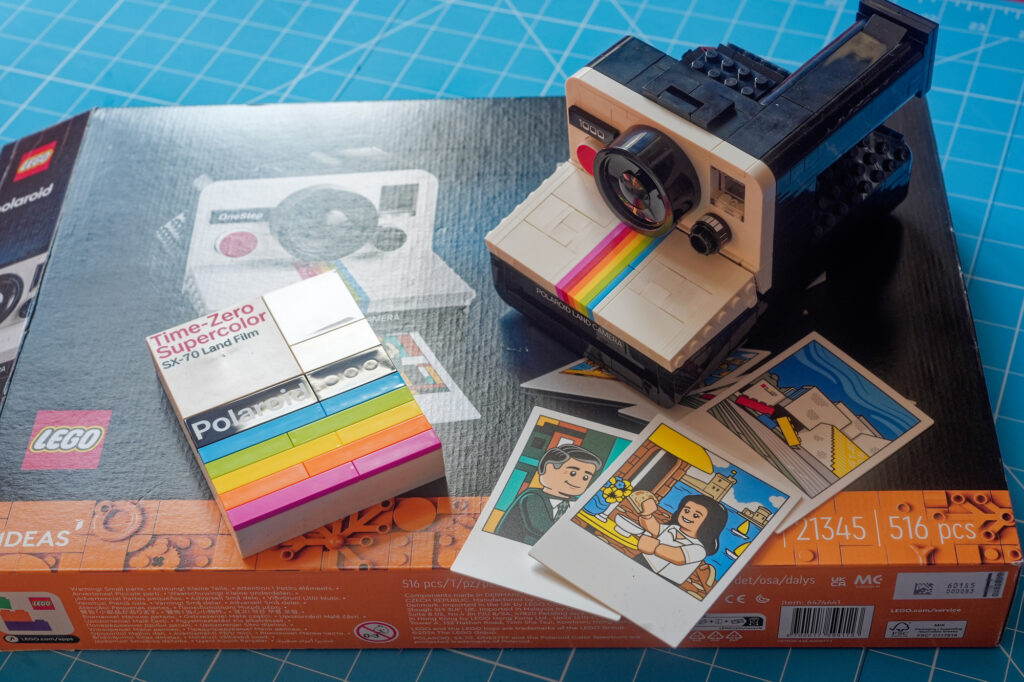






Comments
Jesse on ‘Inherit the Land’ by Jack Lueders-Booth – Review by Joshua Wright
Comment posted: 21/12/2021
Kodachromeguy on ‘Inherit the Land’ by Jack Lueders-Booth – Review by Joshua Wright
Comment posted: 21/12/2021